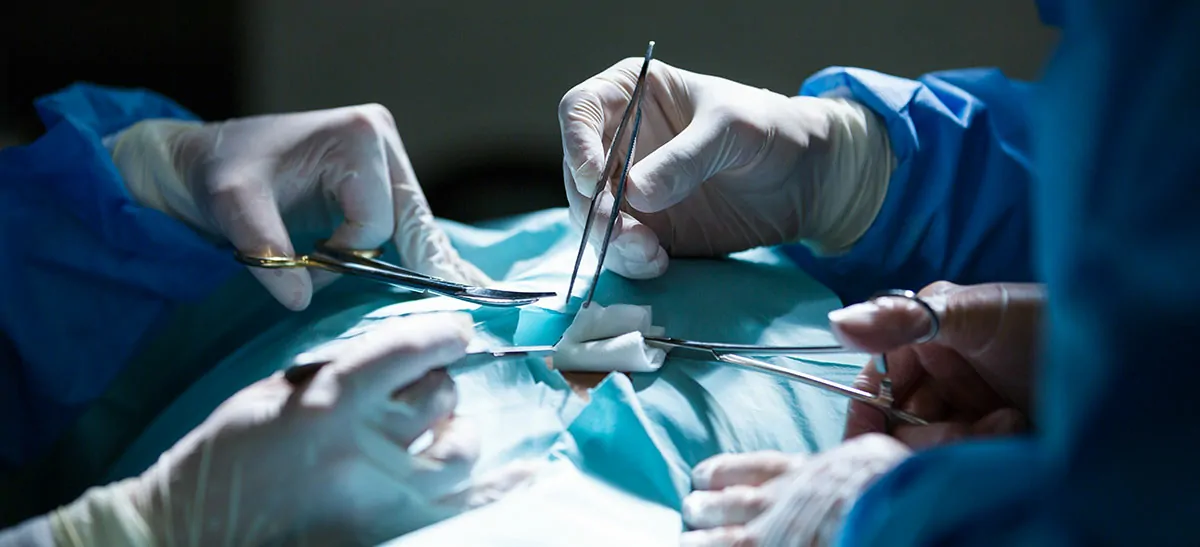
Operative Hysteroscopy for Uterine Septum (Septum Removal) at Vardhan Fertility Centre
Scar-Free Solution for Septate Uterus to Improve Fertility and Pregnancy Outcomes
A uterine septum is a congenital anomaly where a fibrous band divides the uterus partially or completely, affecting implantation and pregnancy outcomes. At Vardhan Fertility Centre, we offer Operative Hysteroscopy for Septum Removal, a precise, minimally invasive procedure to restore the normal shape of the uterine cavity—enhancing the chances of successful conception and full-term pregnancy.
A septate uterus is one of the most common Müllerian anomalies, where a fibrous or muscular wall divides the endometrial cavity. It is often associated with:
- Recurrent pregnancy loss
- Repeated IVF or IUI failure
- Infertility or poor embryo implantation
- Miscarriage during early pregnancy
This is a scar-free operative hysteroscopic procedure where a thin telescope and micro-instruments are inserted through the cervix to cut and remove the septum under direct vision. There are no external cuts or stitches involved. The normal cavity is reshaped, improving fertility and reducing miscarriage risk.
- Women diagnosed with septate uterus via HSG, 3D scan, or hysteroscopy
- History of recurrent miscarriages
- Unexplained infertility or implantation failure
- Uterine cavity anomalies seen during IVF evaluation
- Expertise in complex hysteroscopic septum resections
- High-definition equipment for precision and safety
- Fertility-focused approach to minimize adhesions
- Post-procedure hormonal therapy & follow-up hysteroscopy
- Customized fertility planning (IUI, IVF) post correction
- Increases chances of full-term pregnancy
- Reduces risk of early miscarriages
- Enhances embryo implantation during IUI/IVF
- No external scars or stitches
- Minimal downtime with faster recovery
